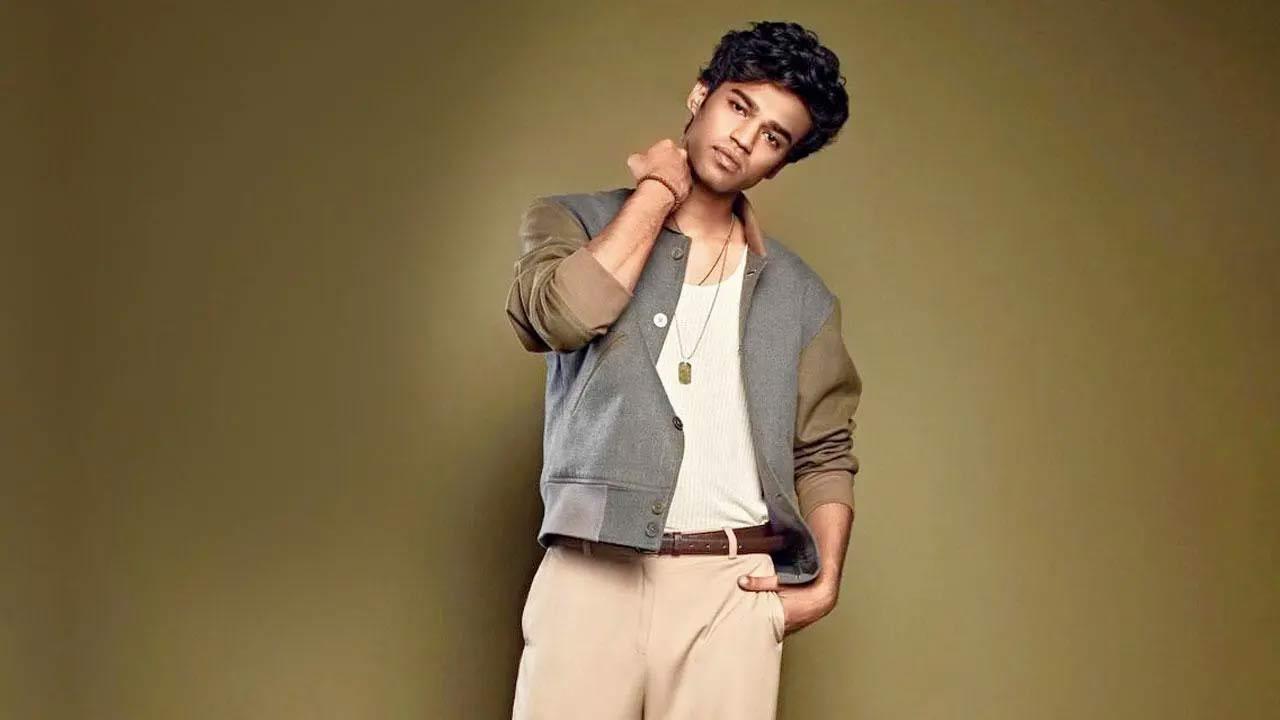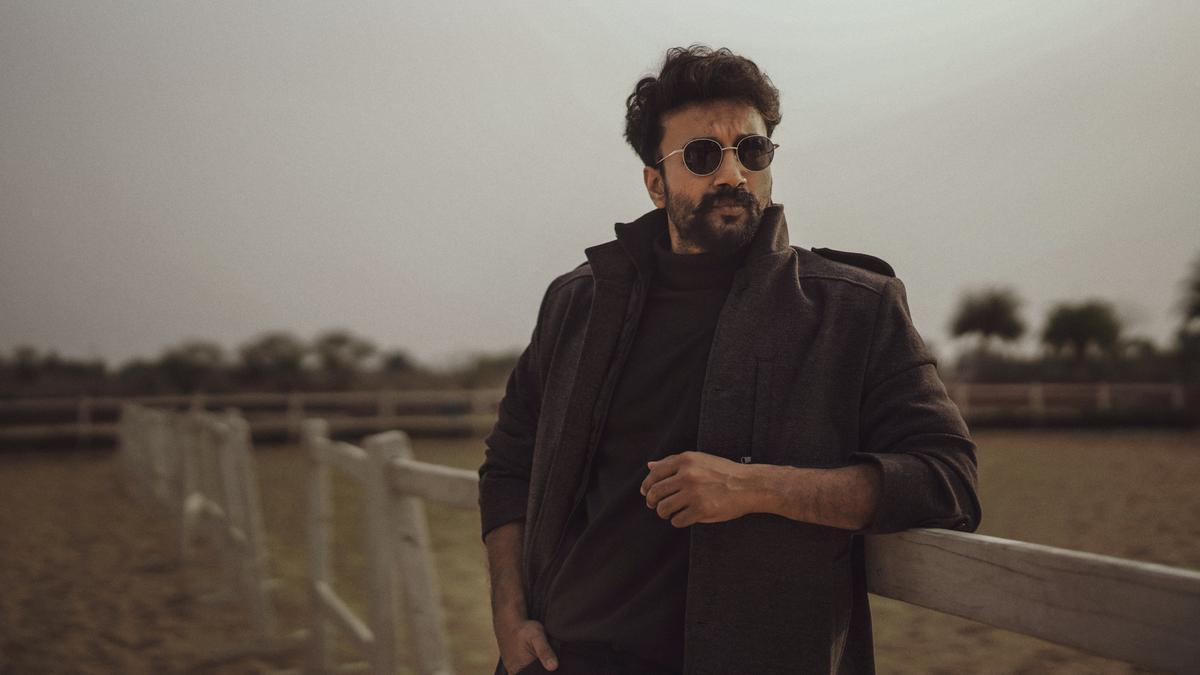
Casting for a biopic is an elaborate affair, especially when the task at hand is to bring to life a celebrated yet long-forgotten chapter of Indian sports history. For Amit R Sharma, director of the much-anticipated film ‘Maidaan’, the challenge was monumental. His goal was not merely to find actors who could portray iconic figures from Indian football but to discover those who could truly embody these legendary athletes in spirit, skill, and appearance. Led by superstar Ajay Devgn, ‘Maidaan’ seeks to capture the essence of the Indian football team’s golden era from 1952 to 1962 under the stewardship of manager-coach Syed Abdul Rahim.
The journey commenced in 2019, with Sharma and his team meticulously sieving through over 6,000 audition tapes to assemble a cast that could convincingly depict the historical Indian squad, which included football greats like Subimal ‘Chuni’ Goswami, Pradip Kumar Banerjee (PK Banerjee), and Tulsidas Balaram. Sharma, in pursuit of authenticity, insisted, “I wanted people who can play football, act well, and match the [original players’] physicality to the T.” It was a grueling task that tested the bounds of possibility and the patience of casting director Vaibhav Vishant. Sharma recalls instructing him with an almost impossible stipulation: “I want humshakals” – doppelgängers for the legends themselves.
The intensive search spread far and wide, canvassing cities and states well-known for their football fervor—Mumbai, Delhi, Chennai, Hyderabad, Hoshiarpur, West Bengal, Kerala, and Goa. Eventually, out of the mass of hopefuls, only 11 were chosen. Chaitanya Sharma filled PK Banerjee’s considerable shoes, Amartya Ray embodied the essence of Goswami, and Aaman Munshi took on the role of Arun Ghosh. It was a process filled with extraordinary expectations, including PK Banerjee’s own humorous yet pointed directive: “Whoever you get for my role, he should have big thighs like me.” His words were not taken lightly. Banerjee, although in a wheelchair at the time, nonetheless graced the Kolkata set with his presence, where he could see Chaitanya Sharma bring his younger self to life.
The painstaking effort to cast was driven by a larger mission – to resurrect the forgotten heroes of a cricket-centric nation’s football history. Under Rahim’s leadership, the Indian team clinched gold medals at the Asian Games in 1951 and 1962 and reached the semi-final of the 1956 Summer Olympics. Despite such feats, names like Goswami, Banerjee, and Ghosh are overshadowed by cricket’s dominance in the country’s sporting consciousness. Sharma, aware of this disparity, notes with a tinge of melancholy, “Other than football-playing states like Kerala, Goa, and West Bengal, no one knows about the laurels of the ’50s.”
Indeed, during that illustrious decade, India’s prowess on the football pitch was so pronounced that Sir Stanley Rous, the then-FIFA chief, dubbed India the ‘Brazil of Asia.’ Sharma alludes to the raw power of Banerjee, who could “tear the net” with his forceful play, the goal-scoring prowess of Goswami, and the impeccable defense of Ghosh. These were athletes of exceptional caliber, whose tales have unfortunately dimmed with time.
‘Maidaan’ is Sharma’s homage to these remarkable men and the dream of Syed Rahim, who envisioned a scenario where football was not just a background sport but played in every alley across the nation. Sharma wants to instigate a search for 11 players among a population of 1.4 billion Indians. He takes inspiration from the 1960 Olympics, where Balaram’s skill on the field earned him the praise and a request for his jersey from none other than Muhammad Ali.
As ‘Maidaan’ nears its release, the depiction of India’s past football glories hopes to strike a chord with audiences and pay a fitting tribute to legends who once made the nation proud. It is the story of their triumphs, their battles, and the undying spirit of a game that once shone brightly in the hearts of millions.










